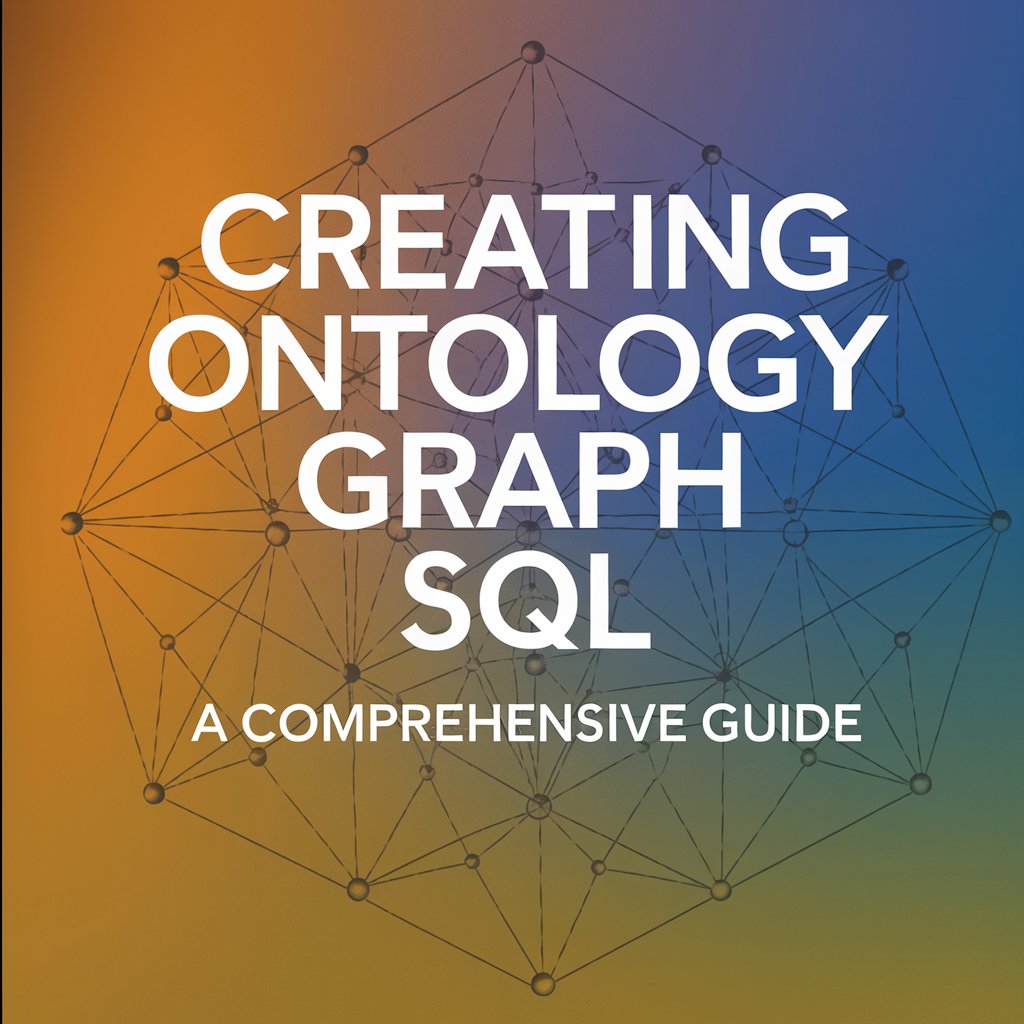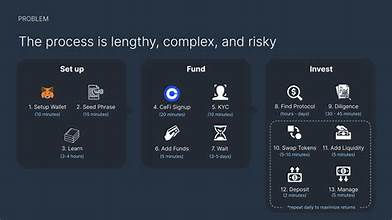In the realm of modern data management, creating ontology graph SQL has emerged as a pivotal approach for organizing, querying, and analyzing complex datasets. By leveraging the principles of ontology and the power of graph databases, SQL queries can be used to interact with structured and semi-structured data effectively. This guide dives into the fundamental concepts, methodologies, and practical implementations of creating ontology graph SQL to help developers, data scientists, and researchers optimize their data workflows.
Table of Contents
What is Ontology in Data Management?
Ontology, in the context of data management, refers to the explicit specification of a conceptualization. In simpler terms, it’s a structured framework that defines the relationships and categories within a specific domain. Ontologies are crucial for:
- Organizing data meaningfully.
- Facilitating interoperability between systems.
- Enabling advanced querying and reasoning over data.
When combined with graph databases, ontologies provide a robust foundation for representing and querying complex data relationships.
The Role of Graphs in Ontology
Graphs are natural fits for representing ontologies because they can model relationships between entities intuitively. Nodes represent entities or concepts, while edges denote relationships. This structure aligns perfectly with the goals of ontologies, making the process of creating ontology graph SQL seamless.
Key benefits of using graph-based ontologies include:
- Enhanced visualization of relationships.
- Efficient querying of interconnected data.
- Scalability for large datasets.
- Compatibility with semantic web technologies.
Understanding SQL in Ontology Graphs
SQL, or Structured Query Language, is a standard language for managing and querying relational databases. While traditional SQL operates on tabular data, adaptations for graph databases, such as Cypher (used in Neo4j) and SPARQL (used in RDF stores), allow SQL-like syntax to query graph structures.
In the process of creating ontology graph SQL, these adaptations enable users to:
- Define schema and relationships explicitly.
- Query nodes and edges efficiently.
- Perform advanced analytics on graph-based datasets.
Steps for Creating Ontology Graph SQL
- Define the Domain OntologyBegin by defining the ontology for the domain. Identify key entities, attributes, and relationships. For example, in a healthcare domain, entities might include “Patients,” “Doctors,” and “Medications,” with relationships like “consults” or “prescribes.”Tools like Protégé can help visualize and design ontologies before implementing them in a database.
- Choose a Graph DatabaseSelect a graph database that supports SQL-like querying. Popular options include:
- Neo4j: Uses Cypher query language.
- AWS Neptune: Supports both SPARQL and Gremlin.
- Microsoft SQL Server with graph extensions.
- Model the DataTranslate the ontology into a graph model. Define nodes, edges, and properties. For instance:
- Nodes: Represent entities like “Patient” or “Doctor.”
- Edges: Capture relationships such as “consults” or “works with.”
- Properties: Store metadata like “age” or “specialization.”
- Load Data into the GraphImport data into the graph database using SQL scripts or ETL (Extract, Transform, Load) tools. Modern databases offer robust APIs and integration tools to facilitate data migration.
- Query the Ontology GraphUtilize SQL-like query languages to interact with the graph. For example, a Cypher query to find all patients a specific doctor consults might look like:
MATCH (d:Doctor)-[:CONSULTS]->(p:Patient) WHERE d.name = 'Dr. Smith' RETURN p;Such queries are integral to creating ontology graph SQL, enabling insights into relationships and patterns.
Applications of Creating Ontology Graph SQL
- HealthcareOntology graphs can represent patient records, treatment plans, and medication interactions. SQL queries allow efficient analysis of patient-doctor relationships and medication efficacy.
- E-commerceBy organizing products, customers, and transactions into graphs, businesses can personalize recommendations and detect fraud.
- Knowledge GraphsCompanies like Google use knowledge graphs to power search engines and AI assistants. Creating ontology graph SQL facilitates the organization of vast knowledge bases.
- Supply Chain ManagementGraphs represent suppliers, products, and logistics, enabling efficient querying of supply chain dynamics and bottlenecks.
Challenges in Creating Ontology Graph SQL
Despite its advantages, creating ontology graph SQL poses challenges:
- Complexity: Designing ontologies and mapping them to graphs requires domain expertise.
- Scalability: Managing large-scale graphs can strain computational resources.
- Query Optimization: Crafting efficient queries is crucial for performance.
Best Practices for Creating Ontology Graph SQL
- Iterative Design: Start with a basic ontology and expand it iteratively.
- Leverage Standards: Use established standards like RDF or OWL for interoperability.
- Optimize Queries: Profile and optimize queries for performance.
- Document Ontologies: Maintain comprehensive documentation for collaboration and future updates.
Future Trends in Ontology Graph SQL
The landscape of creating ontology graph SQL continues to evolve with advancements in AI and big data technologies. Key trends include:
- Integration with Machine Learning: Graph embeddings and algorithms enhance predictive analytics.
- Semantic Web Integration: Ontology graphs play a critical role in semantic web technologies.
- Cloud-Based Solutions: Scalable cloud platforms simplify graph database management.
Also Read: Eating American Food in the Philippines Essay: A Cultural Experience
Conclusion
Creating ontology graph SQL is a transformative approach for managing complex datasets. By combining the structured nature of SQL with the flexibility of graph databases, organizations can unlock new insights and efficiencies. As data complexity grows, the importance of robust ontology graph solutions will only increase, making it a vital skill for data professionals.












